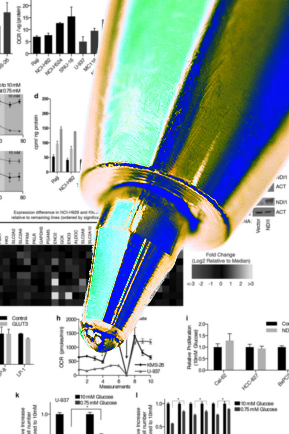Green plans for recovery tech
 Experts say green technologies are ripe to help Australian industry emerge from hibernation.
Experts say green technologies are ripe to help Australian industry emerge from hibernation.
A new report by ClimateWorks Australia lays out evidence for how major sectors of the Australian economy can move to net zero emissions, by accelerating investment in technological solutions already available and invented.
Critically, these actions can support efforts to rebuild from the shock of the COVID-19 pandemic.
“The stimulus to recover from the pandemic will need exactly the sort of actions that are needed to address the climate crisis, too,” says Anna Skarbek, CEO of ClimateWorks Australia.
“If we get this right, we can meet Australia’s international climate change commitments, create jobs in sustainable industries, and set ourselves up for a smoother and speedier shift to a zero emissions economy.”
Ms Skarbek said that both the COVID-19 and climate crises exposed the need for governments to ensure the safety of their citizens.
“The pandemic is causing extraordinary pain and disruption, but it also shows that businesses, individuals and all levels of government are willing to support each other and work together in response to a crisis,” she said.
“And the measures to address climate change that we identify in this report would not be anything like the economic shock we’re experiencing at the moment.
“If there was ever a time that we could have confidence we can go all-in, all together, to bring forward investment in known zero-emissions solutions, that time is now.”
Global innovation in recent years is closing a technological gap, enabling Australia to widely deploy technologies to produce zero emissions in electricity, transport and buildings, among other sectors.
Beyond these ready-to-go solutions, Australia also has access to emerging technologies in harder-to-abate sectors such as heavy industry, agriculture and land.
“Some of these technologies had not been identified at the middle of last decade,” said ClimateWorks’ Head of National Programs, Amandine Denis-Ryan.
“Now we can see a zero emissions world across all sectors of the economy.”
In transport, for example, renewable-powered, electric cars, buses, trams and trucks are ready to be rolled out.
In fields such as aviation and shipping, accelerated investment in R&D in biofuels, renewable hydrogen and ammonia, as well as electrification can close the gap to zero emissions by 2050.
The report finds that new electricity generation from renewables is now cheaper than new fossil fuel generation, even when accounting for hours of storage, while battery storage costs are 80 per cent cheaper than in 2010.
The report says the Federal Government must go beyond business-as-usual approaches by setting targets, providing incentives to stimulate private investment and investing in infrastructure, among other actions.







 Print
Print